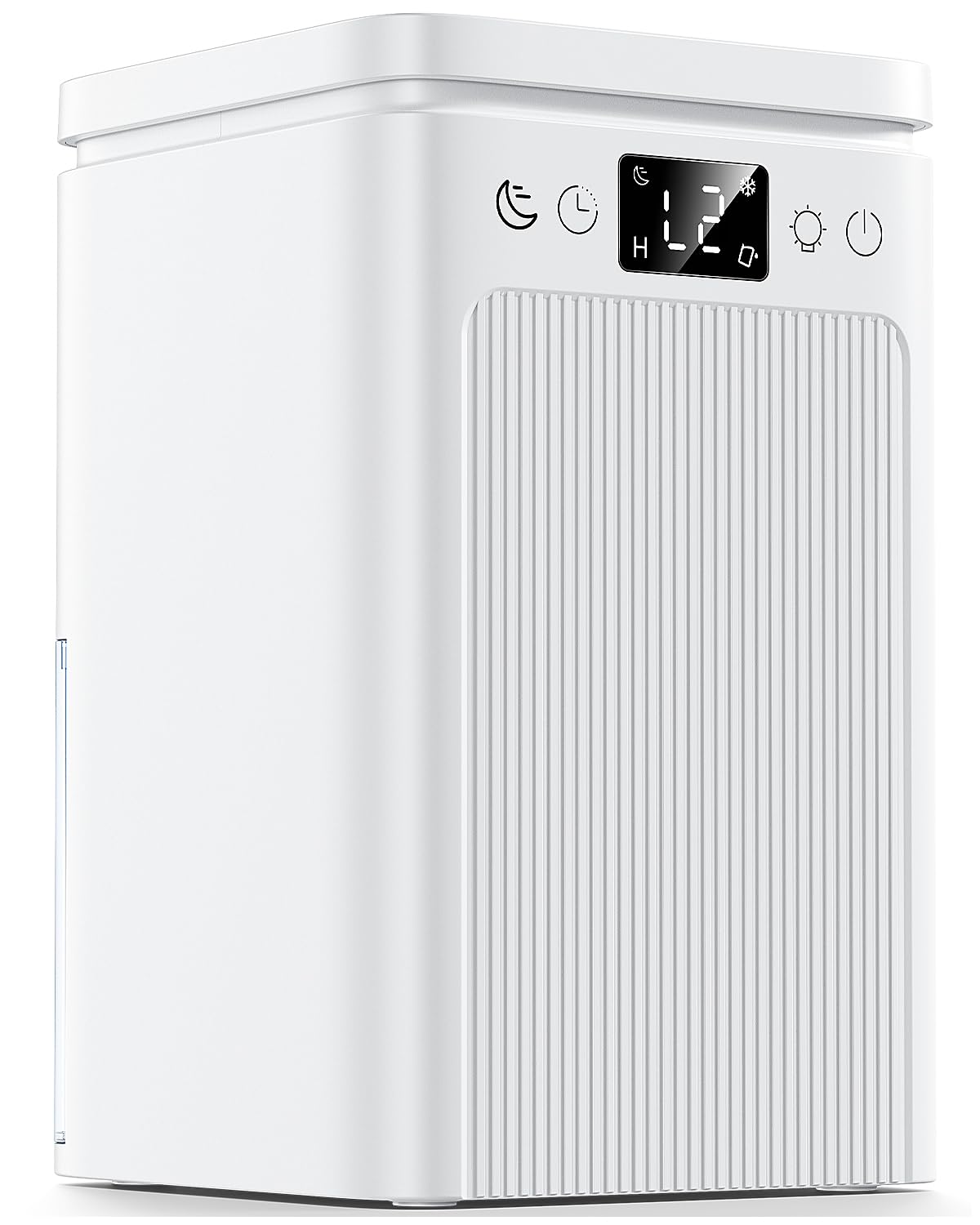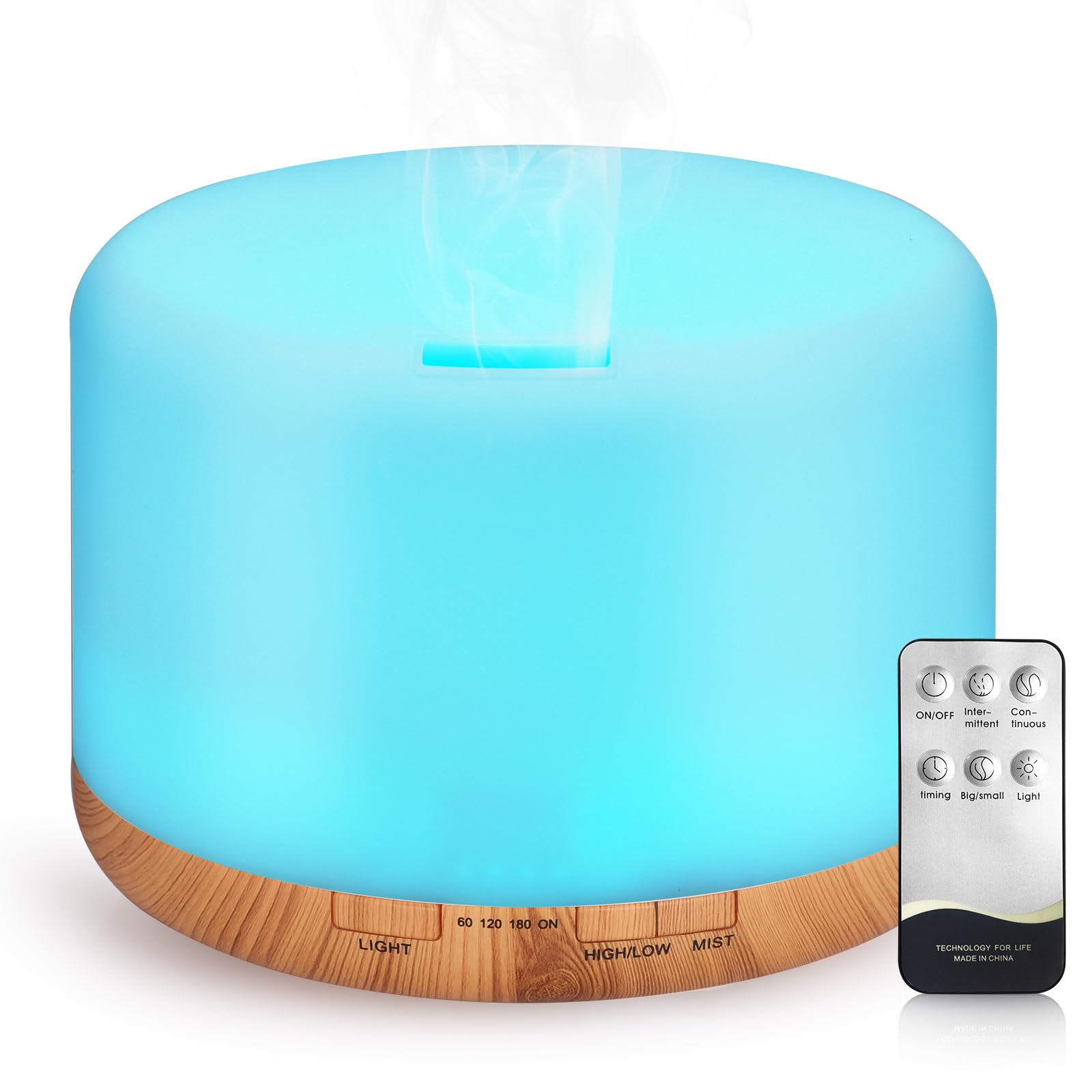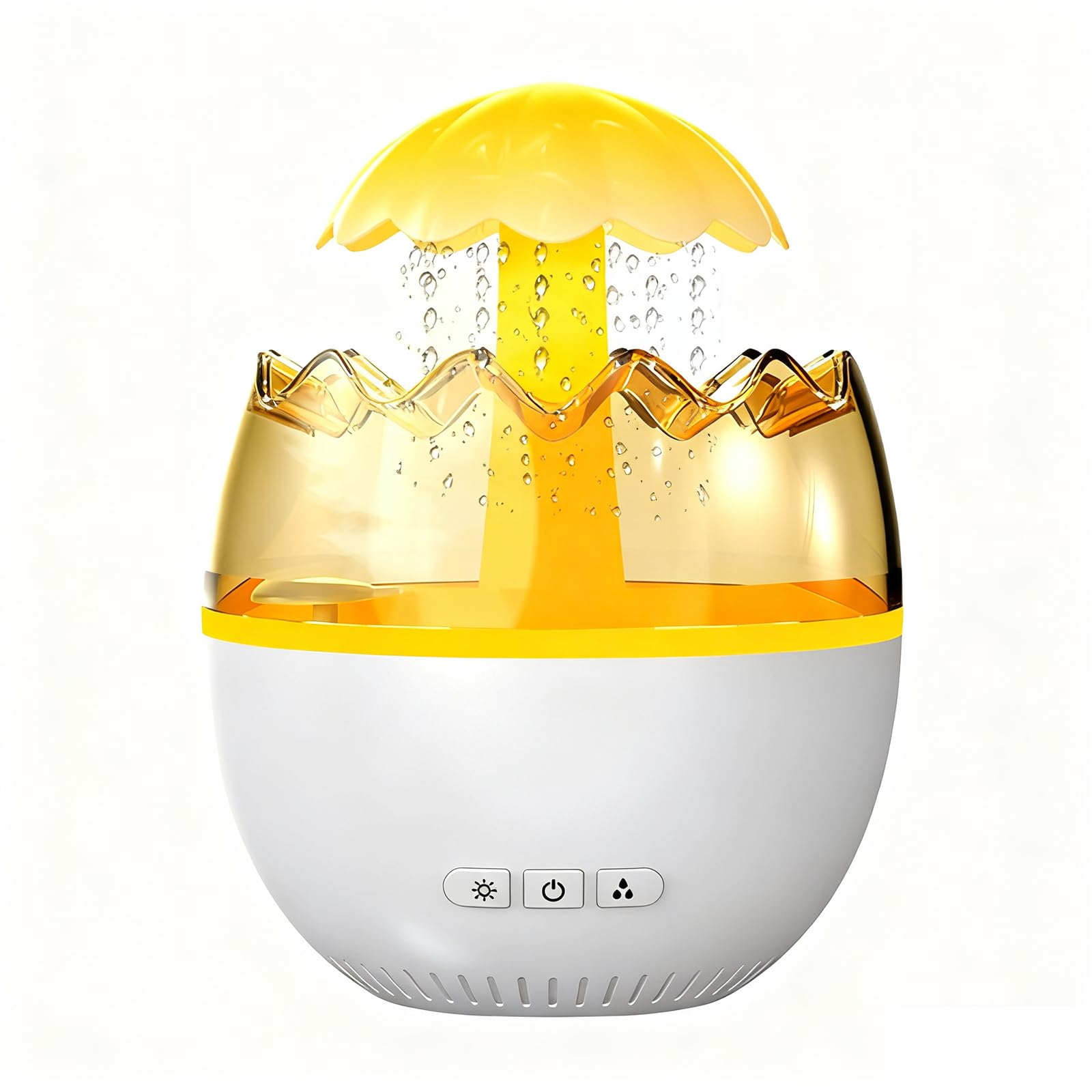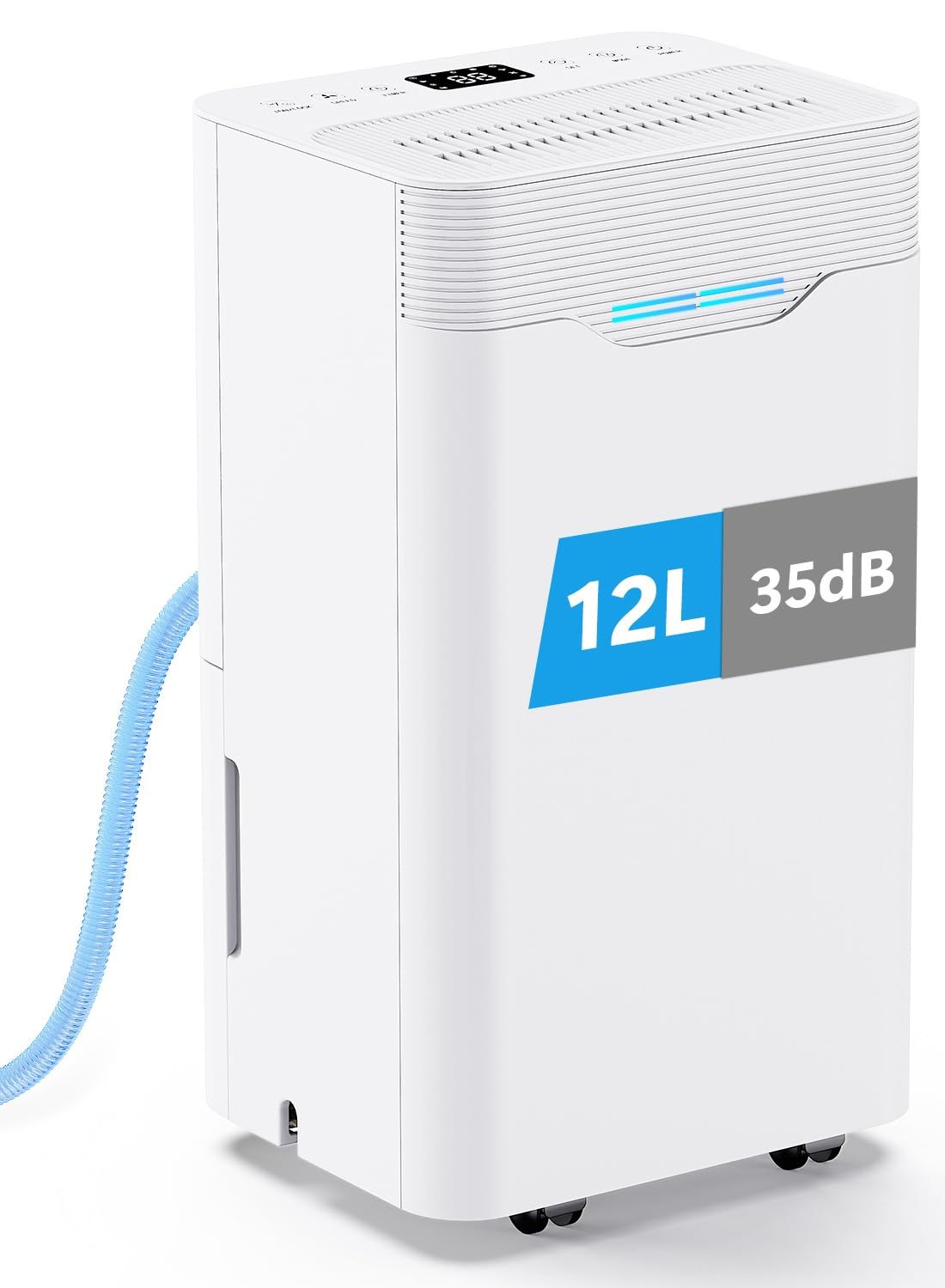Placing a dehumidifier in the right spot makes it work faster and helps prevent damp and condensation in UK homes. This guide explains simple rules for where to place a dehumidifier in a flat or house, how to dry multiple rooms, and how to set up for laundry so clothes dry quicker without musty smells.
Dry bedrooms benefit from humidifiers sized for the space.
Near the Moisture Source
Put the dehumidifier close to where moisture is created or accumulates. In a bathroom without an extractor fan, place it outside the door with the intake facing the opening after showers. In a bedroom with condensation on the window, place it near the window wall. In a kitchen, use extractor fans while cooking and place the dehumidifier nearby only for stubborn damp. Always give the intake a clear path to the source.
Airflow and Clearances
Leave space around the unit. At least 20 to 30 centimetres on all sides stops furniture from blocking intake and exhaust. Do not press the back against a wall. Keep the unit on a flat, stable surface. If you use a hose for continuous draining, make sure the hose slopes downward all the way to the sink or drain so water cannot flow back.
Doors Open or Closed
To dry one damp room quickly, close windows and keep the door mostly closed so the machine focuses on that volume of air. For general moisture control across several rooms, leave internal doors ajar so dry air can circulate. Run the unit longer in this case and consider a slightly higher extraction model so you can maintain a comfortable 45 to 55 percent relative humidity across the connected space.
Multi Room Strategy
Homes with multiple problem spots benefit from rotating the unit. Run it in the worst room first until humidity falls below about 55 percent, then move it to the next. If you dry laundry indoors, run the dehumidifier in the laundry room during the first half of the day, then place it near bedroom windows in the evening to control condensation overnight.
Laundry Drying
Place the dehumidifier one to two metres from the airer with the intake facing the clothes. Close windows, leave the door ajar and run laundry mode or high fan for a couple of hours, then step down to finish. Rotate thick items toward the intake for an even dry. Use a continuous drain hose if you run the unit unattended so the tank does not stop the session when full.
Stairs and Landings
If damp rises to upper floors, a landing can be an effective central spot. Keep the area free from clutter and give the unit space. Moisture from bathrooms and bedrooms will reach the intake and dry air will flow back down the hallway. This works best in homes where doors are often open.
Room-by-room placement tips pair well with models listed in dehumidifiers for UK rooms; higher airflow sessions often benefit from a sealed-filter air purifier.
FAQs
How close to the wall can I place it? Leave at least 20 centimetres behind and to the sides. More space is better for airflow.
Should I put it in the coldest room? For desiccant models, cold rooms are fine. Compressor models work best in warmer rooms. Place accordingly.
Can I run it overnight in a bedroom? Yes, on a low setting if noise allows. Position away from the bed with the exhaust facing into the room.





